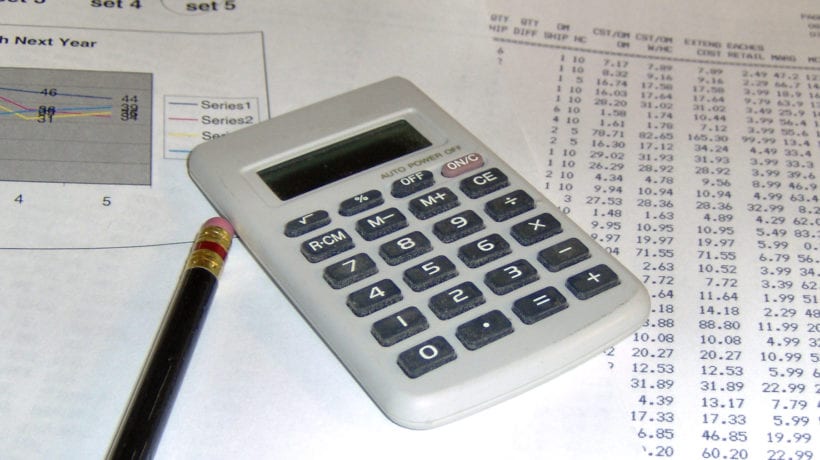Trade shows and events require an enormous amount of effort by those involved, especially when those involved have larger roles not entirely dedicated to this area. That is why, despite the known importance of ROI calculation, the pre-planning, measurement and follow up burdens are often left untouched. This avoidance leaves so much valuable information unused, causes wasteful spending and even costs some people their jobs. Here are four key reasons to make sure ROI calculation is not overlooked:
1. Job Security –
This is number one because it is obviously most important. Far too often, marketing is expendable. Slow times cause people to look at the numbers to make hard decisions. Without ROI being reported on trade shows and events, and the high costs of their execution, this looks like an obvious area to trim.
The best trade show and event managers spin the numbers in their favor through completing post show reports that have full accounting of expenditures along with the projected or actual return on investment. If your company is spending hundreds of thousands of dollars on shows it will be noticed, if you prove they generate millions in revenue then they are potentially invaluable. Be able to prove the worth of all of your hard work. Use it as leverage for your career when the company is doing well, and maybe as a reason to stay around if things are not going as well.
2. Evaluation for Future Participation –
Not every trade show or event will be a success. Even scarier is that many people purely speculate on this matter. “Our booth was pretty busy the whole time” may or may not indicate success. If you are completing ROI reports on each show/event, you will have a clear way to define success. Then you can pinpoint the winners and eliminate the losers. Your streamlined campaign will save you time and effort, as well as increase the overall profitability. It can also give you opportunities to participate in new shows (that of course would need to be evaluated as well). In addition, you can determine opportunities like adding staff and increasing booth size.
3. Determining Areas for Potential Cost Savings –
To effectively evaluate ROI, you will have to have all of your costs recorded. This starts the habit of reporting the budgeted and actual financials for each trade show or event that you complete. With this information you can determine where money is being spent, and where there may be potential for savings. For instance, maybe it will make sense to send less staff or rent a booth instead of purchase. Imagine the trends you would be able to discover after a year of consistent post show reporting.
4. Evaluate Against Other Forms of Marketing –
Now that you have been reporting the ROI for your trade shows and events, you realize that your average trade show will garner a return of $2 dollars of profit to every $1 spent. Compare this to other areas in your marketing mix. Maybe it makes sense to focus more resources to your trade show campaign, or possibly it needs to be scaled back. Use data to quantify your spend in all areas, and increase the efficiency of your overall marketing efforts.
All too often I speak with people who are exhibiting at trade shows for the following reasons:
-“It is what we’ve always done”
-“Our competitors all go there”
-“My boss likes to go to Vegas”
Let’s make a concerted effort to get rid of those, and use quantifiable reasoning. Properly reporting ROI takes preparation and follow up, of course, but it offers incredible value. It will increase the efficiency and effectiveness of your organization’s marketing department, as well as generate a value for your time and effort.
One great reference to help you start with ROI calculation is the free ROI toolkit offered by CEIR . EXHIBITOR Magazine online also has a great “Measurement and Budgeting” section with helpful articles. Lastly, you can take formal courses from the CTSM program (many of which I’ve completed, if you want to know more about them).

